Winterizing Your Garden and Preparing for Spring
Jan 24, 2022
When summer ends, it's time to start thinking about preparing your garden to endure the Winter and be ready when Spring comes again. Some steps are about protecting your plants and irrigation system from Winter frosts, and others are more about making things easier when warm weather returns and it's time to start working on your gardens again.
Preventing Pests and Harmful Organisms
Annuals like petunias, marigolds, zinnias, and impatiens only grow for one season. Most vegetables need to be replanted every year as well. Once these plants die off, it's best to clear them out of your garden. While removing old plant debris may not seem necessary, not doing so can lead to harmful elements like bacteria and pest eggs festering there. You then will have more to deal with in the Spring.
You've been pulling weeds all season but don't stop now. Pulling any remaining weeds before Winter sets in is essential. Like old plant debris, weeds are potentially home to pests, harmful organisms, and damaging pathogens. For a healthy garden in the Spring, get the weeds taken care of now.
As for perennials, some gardeners cut them back, and some let them die back naturally. If you decide to cut, so things look a bit neater, leave about six inches of stem and leaves to help protect the plant so it will grow again in the Springtime.
Protecting Plants from Cold and Storms
Preparing plants and shrubs for Winter is the next step. Some plants are hardier than others, and some regions get colder than others, so determining what each plant needs in your climate is essential. The USDA provides charts to show plant hardiness zones throughout the United States. Hardiness zones are decided upon the average low temperatures over 30 years, and you need to do more in colder climates than in warmer ones.
Many plants do just fine through the Winter. Hardy flowers like English primrose, camellia, and violas can survive freezing temperatures, but other plants are more vulnerable. If you have potted plants on the patio, you can bring them inside. Above ground, even potted perennials won't stand up to the cold. Succulents may succumb to freezing weather, as may tender bulbs. If you dig up bulbs to protect them, be sure to clean and dry them thoroughly before storing them. Putting some paper in the container to absorb excess moisture can be helpful.
There are some plants you might consider bringing inside pots to enjoy throughout the Winter. Rosemary and other perennial herbs can grow outdoors in the Spring and Summer and indoors when it's colder. Coleus plants do well inside, too, and be sure to debug and water plants before bringing them inside.
Most shrubs do fine in moderately cold weather, but if you live up north, you could cover them with bed sheets, burlap, or garden sheeting during the worst weather. Covering will protect the new growth if you've planted a new garden this season. Cover newly planted, young, and less hardy shrubs even if you live in more moderate climate zones if long periods of freezing weather are predicted. Harsh winds and cold temperatures could cause damage like dryness and stress. Uncover plants when temperatures warm up to get them the sunlight they need.
Preparing and Protecting Flower Beds
If soil levels are low anywhere, replenish them. Then bring on the mulch or organic material from your compost pile to insulate the soil in flower beds. You might think spreading mulch keeps the ground warm, but the opposite is true. The mulch keeps the soil warming up with a brief winter thaw or false early Spring. When the soil warms, flowers could begin to grow when it isn't safe for them to do so. Covering the ground keeps the soil temperature consistent.
Plant your bulbs sooner rather than later. If you wait too long, especially up North, the ground will be too hard to dig. If you want those early Spring flowers like lilies and daffodils, get them in the environment. Here are a few flower bulbs to plant for March or April blooms.
- Tulips
- Iris
- Crocus
- Lilies
- Anemone
- Hyacinth
- Snowdrop
- Allium
- Scilla
Late in summer or early Fall, you should look for plants that have grown too thick. Clump-forming perennials tend to crowd out other plants if left to their own devices. By pruning and thinning, you allow the remaining plants to grow stronger. Plants with stronger stems and better access to sunlight resist disease better, too. If you decide to move plants from one place to another in the yard, keep in mind that some plants, peonies, for example, do better if you move them in the Fall rather than the Spring.
Winterizing Irrigation Systems
Give your garden plenty of moisture before the first frost. Then, if you live where you get several days with temperatures below freezing, you must winterize your irrigation system. Even if that system is a hose and moveable sprinkler, you must drain and disconnect the hose so you can store it. Be sure to drain any outside plumbing, too, or you may end up with a burst pipe. There are several steps for winterizing inground sprinkler systems, and you can learn how on YouTube. If you do not want to try it yourself, hire a professional to turn it off and then back on again when the weather warms up. They know best how to drain them and protect them from winter damage.
Clean and Store Tools
Tools may have been scattered throughout the season, and they probably could use a good cleaning. Maybe some need to be repaired or replaced. Once tools are clean and dry, store them to be ready when Spring comes again. Give lawnmowers a thorough cleaning and inspection, too. It might also be an excellent time to review how your gardening has gone this year and plan for next year.
Spring planting and yardwork will be easier if you take these steps to protect your gardens from Winter colds and storms. Take time to prepare tools and make plans for next season.

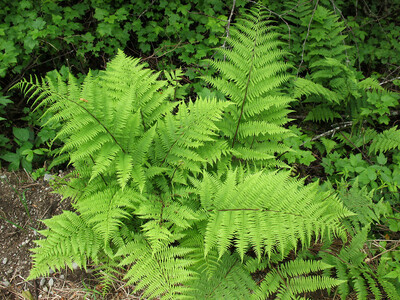 Native Ferns
Native Ferns
 Native Mosses
Native Mosses
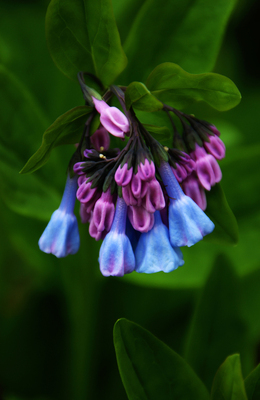 Native Perennials
Native Perennials
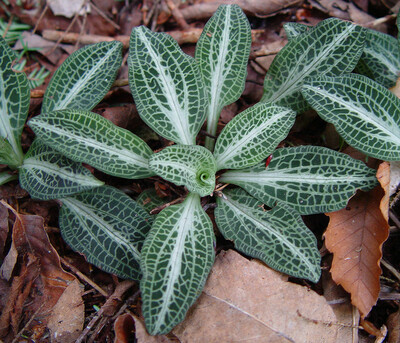 Native Ground Covers
Native Ground Covers
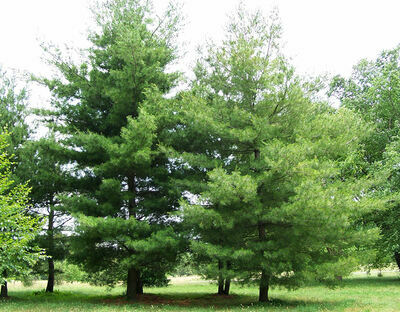 Native Trees
Native Trees
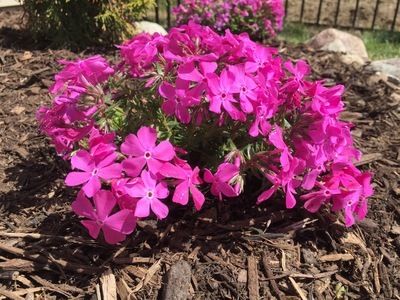 Shop By Zone
Shop By Zone
 Flowering Groundcovers
Flowering Groundcovers
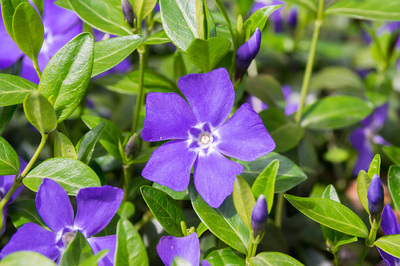 Evergreen Groundcovers
Evergreen Groundcovers
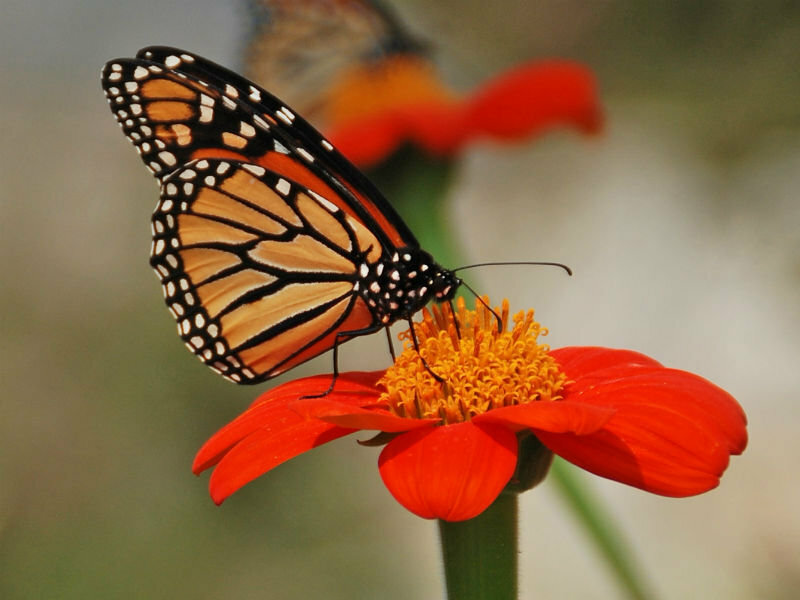 Pollinators
Pollinators
 Shop Bloom Color
Shop Bloom Color
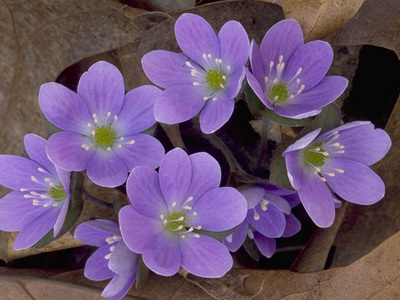 Perennials By Zone
Perennials By Zone
 Medicinal Herb Plants
Medicinal Herb Plants
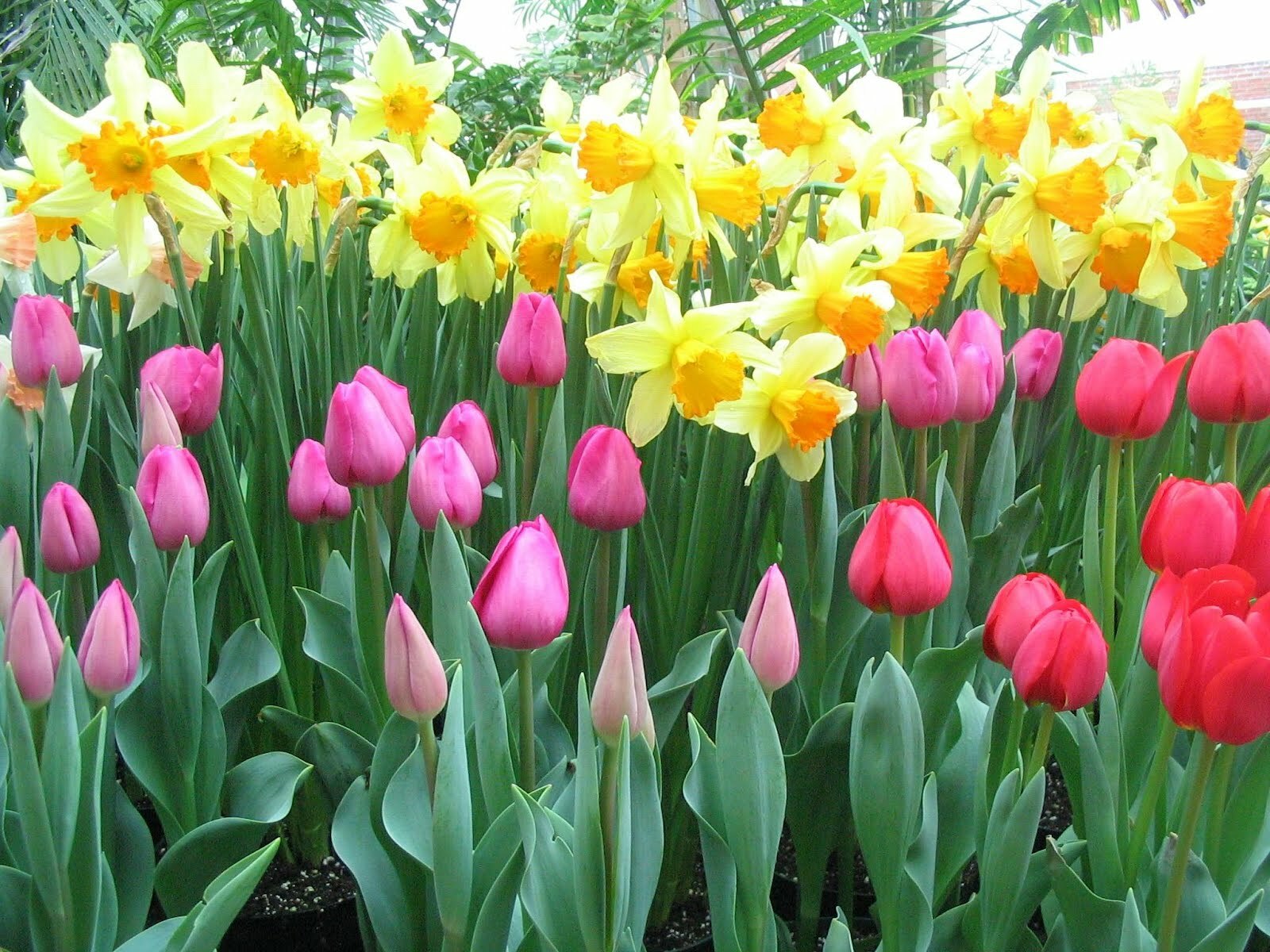 Spring Bulbs
Spring Bulbs
 Trillium
Trillium
 Ferns for Zone 3
Ferns for Zone 3
 Ferns for Zone 4
Ferns for Zone 4
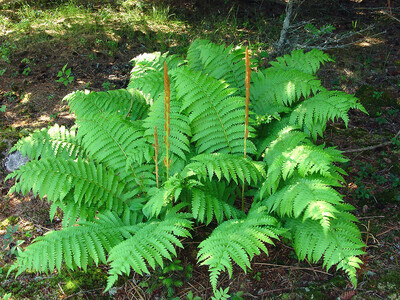 Ferns for Zone 5
Ferns for Zone 5
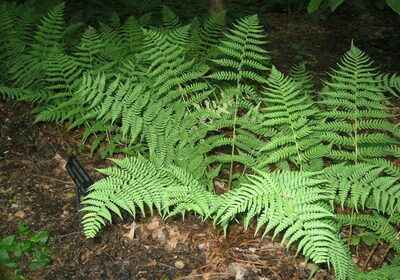 Ferns for Zone 6
Ferns for Zone 6
 Ferns for Zone 7
Ferns for Zone 7
 Ferns for Zone 8
Ferns for Zone 8
 Christmas bows
Christmas bows
 Fresh Wreaths
Fresh Wreaths
 Garlands
Garlands
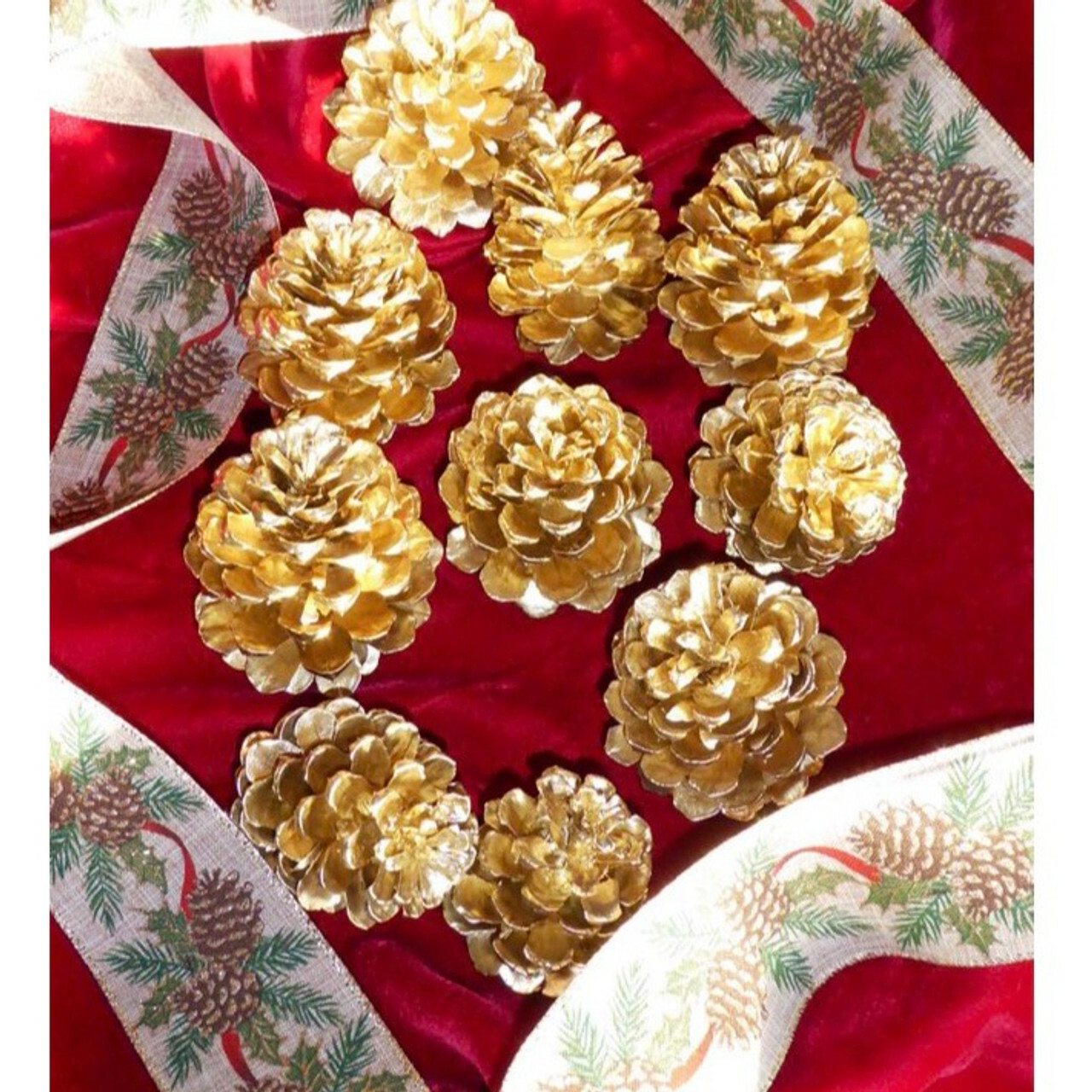 Large Pine Cones
Large Pine Cones
 Live Mistletoe
Live Mistletoe
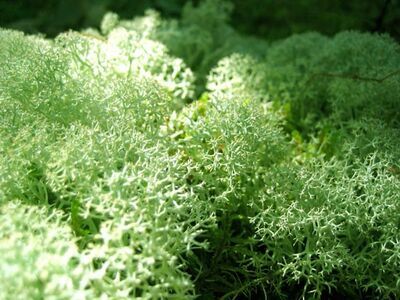 Moss
Moss
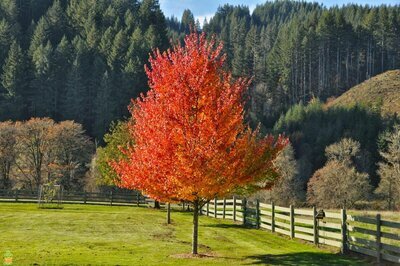 Shop Trees By Zone
Shop Trees By Zone
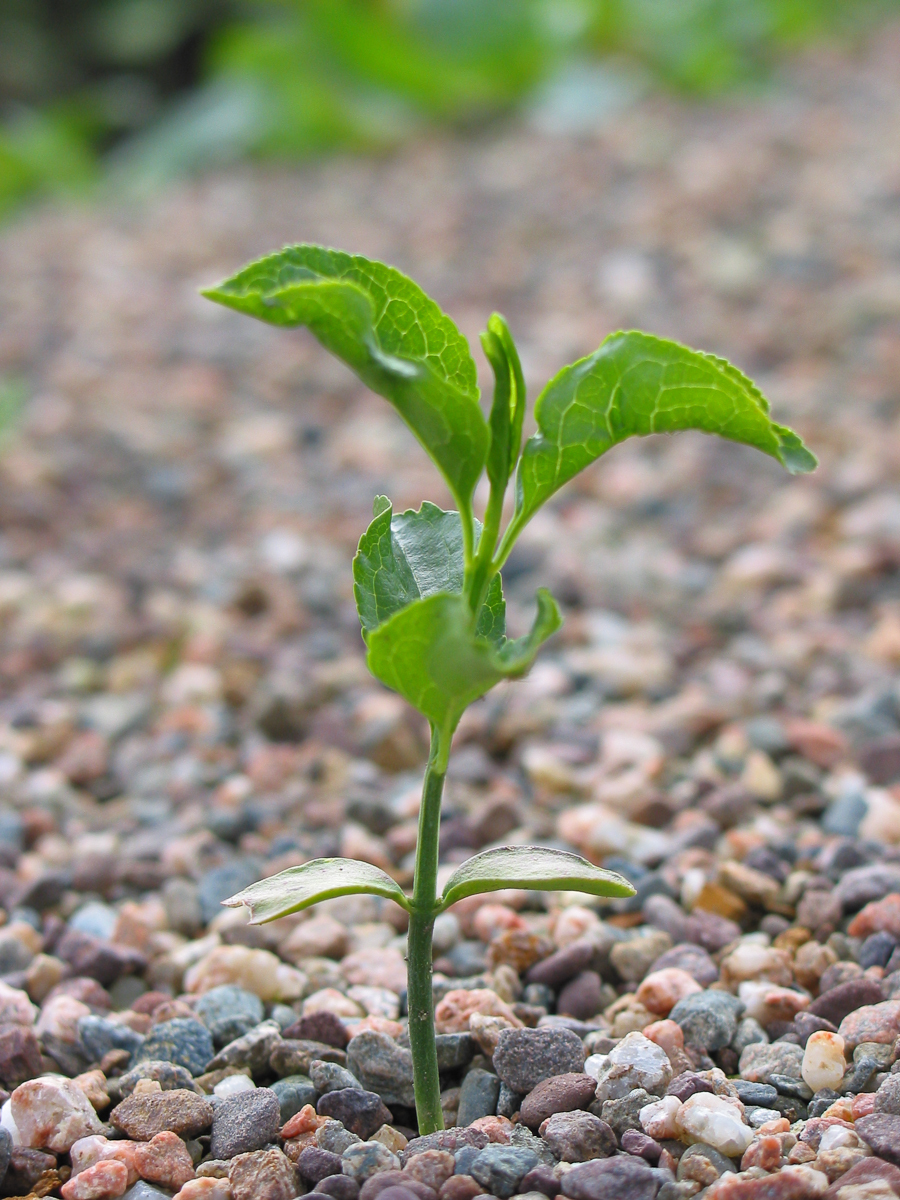 Tree Seedlings
Tree Seedlings
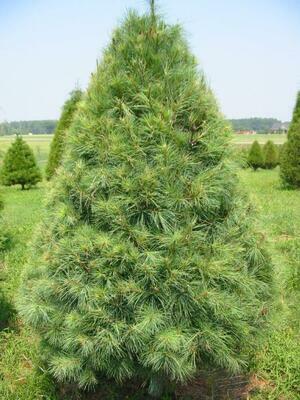 Fast Growing Trees
Fast Growing Trees
 Pine Trees
Pine Trees
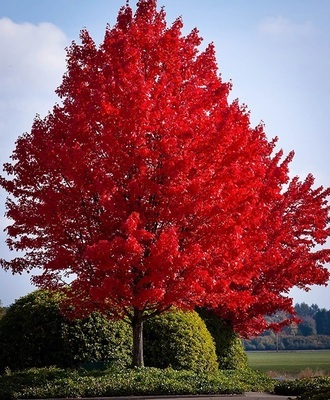 Live Stakes
Live Stakes
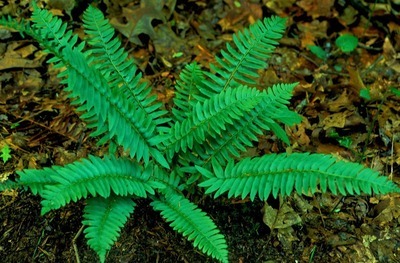 Evergreens
Evergreens
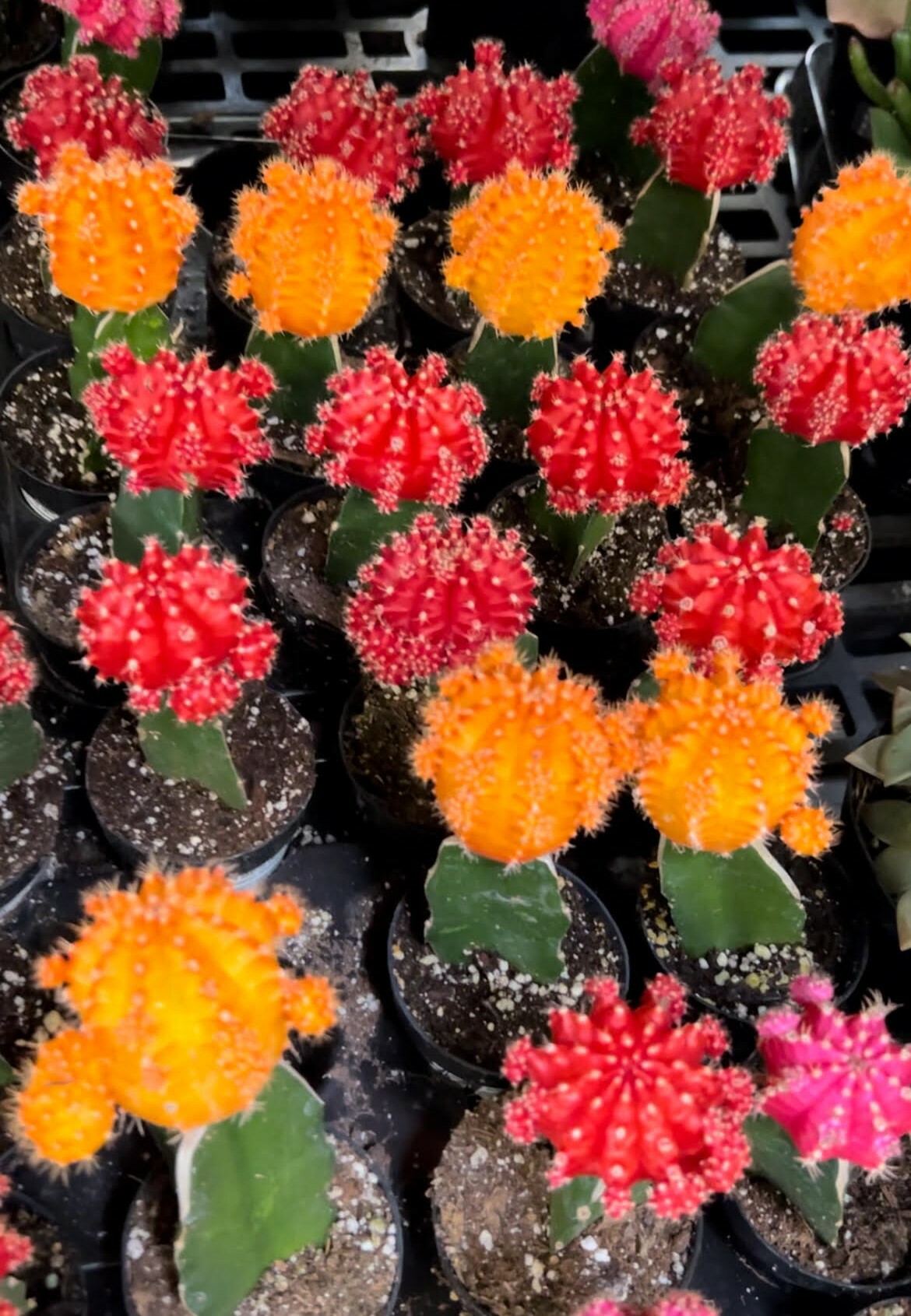 Cactus
Cactus
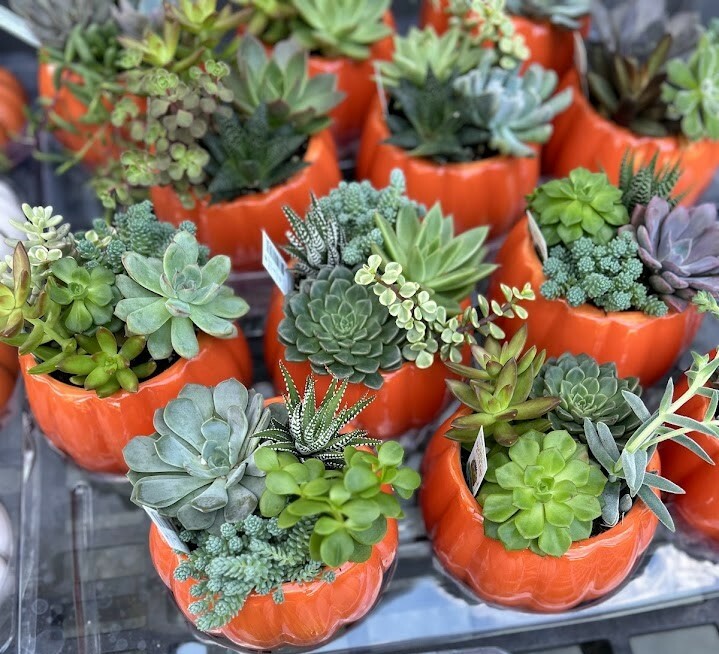 Combos
Combos
 Echeveria
Echeveria
 Haworthia
Haworthia
 Sedum - Stonecrop
Sedum - Stonecrop
